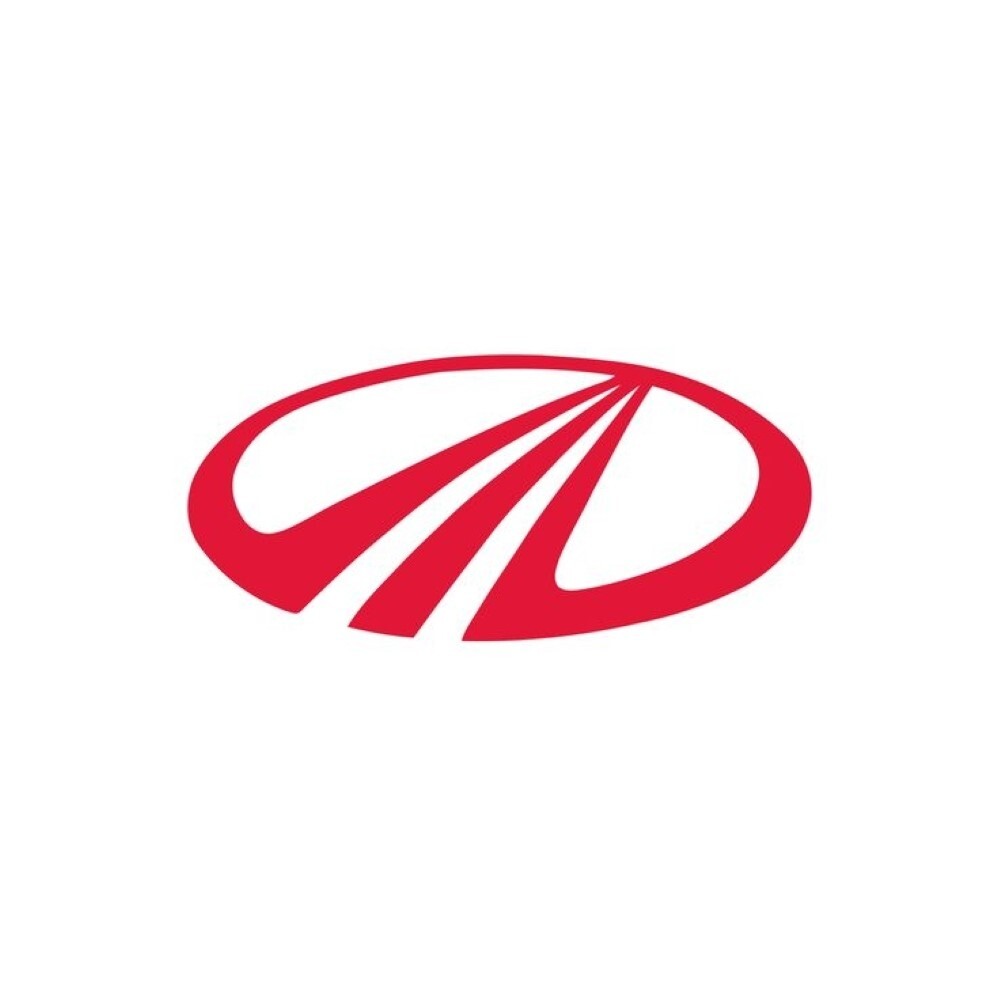

In the global automotive industry, the implications of stricter emission regulations and fuel efficiency targets have created an urgency for manufacturers to adopt efficient technologies with lightweight components. Mahindra, an Indian automobile manufacturing company, is now slowly shifting from steel to aluminium and here's everything you need to know about the transition.

Image source: pinterest.com
Over the past twenty years, Mahindra has methodically redesigned its powertrain systems, which include internal combustion engines (ICEs) and electric drivetrains, to reduce weight, enhance thermal efficiency and prepare platforms for strict regulations such as India's BS6 and upcoming CAFE standards. This lightweight effort was not the result of one major innovation but rather a gradual, carefully planned transformation involving mechanical design, material selection, manufacturing processes and integrated system optimisation.
Previously, Mahindra's diesel engines were cast in iron workhorses, which were built for durability but made them very heavy. This change emerged with the first generation of the mHawk engine in 2007, featuring a parent bore construction that improved the weight-to-performance ratio.
Owing to this, Dhananjay Rao Boita, the Chief Engineer in the Powertrain Division, Auto Sector, Mahindra & Mahindra, stated, "We were the first Indian OEM to use an aluminium block in a high-powered diesel engine. The switch from cast iron to a deep-skirt aluminium cylinder block in the 2017 diesel lineup delivered a staggering 65 kg weight reduction — without sacrificing power, torque, or structural rigidity. The second-generation engine offered 30-40 per cent higher performance while shedding significant mass."
He further adds, "We increased the power by 30 per cent and torque by 40 per cent, but the weight was reduced by 50 kg. This lightweighting extended beyond the engine block. Cast iron brackets were replaced with aluminium and in the latest generation, eliminated entirely in favour of direct mounting solutions. Technologies like hollow steel camshaft and integrated oil cooler-filter modules further trimmed mass, aligning with global trends toward efficiency-driven design."
To reduce weight without compromising performance, the firm implemented architecture-level innovations, such as integrating the exhaust manifold into the aluminium cylinder head. This design not only cut down mass but also enhanced thermal control, supporting Lambda 1 operation by regulating exhaust temperatures. The strategy aligns with global best practices while being adapted to meet the specific needs of the Indian market.
The company later transitioned away from the conventional cell-to-module-to-pack method. It adopted a direct cell-to-pack design, eliminating intermediate structures to conserve both space and weight. Battery enclosures emerged as a critical area of innovation. For the BE6 and XEV 9E SUV battery packs, it chose aluminium extrusions from the 5000 and 6000 series instead of steel. Even the bottom cover, typically exposed to stone impacts, was redesigned for improved durability.
Dhananjay Rao Boita, the Chief Engineer in the Powertrain Division, Auto Sector Mahindra & Mahindra, stated, "We shaved off 13–15 kg by switching to aluminium battery covers with laser-welded reinforcements over steel. Mahindra partnered with leaders in lightweight materials, to deploy laserwelded aluminium stampings, balancing cost, strength, and weight."
Mahindra has widely adopted aluminium alloys throughout its powertrain systems, including cylinder heads, engine blocks, transmission housings and battery enclosures. This shift is supported by India's strong supplier network for castings and extrusions.
Responses








